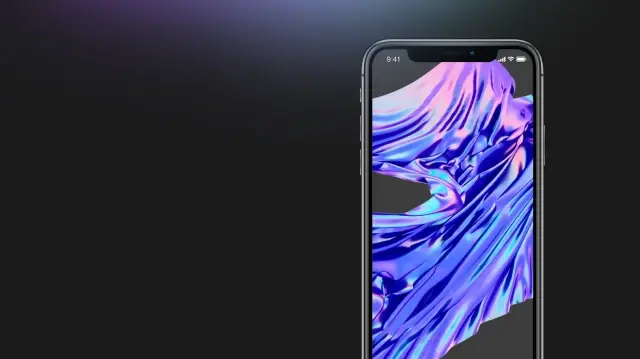The age of digital diplomacy

As a journalist, whenever I read the news or watch the tele, I realise diplomacy doesn’t just happen in embassies anymore.
It happens on screens.
On timelines.
In trending hashtags.
A single post on X can spark a crisis.
A viral video can soften decades of mistrust.
A meme can sometimes travel faster than an official statement.
This is diplomacy redefined.
Some foreign ministries are no longer just drafting communiqués; they’re crafting Instagram reels, TikTok snippets, and carefully worded posts designed to resonate beyond borders.
And it matters.
Because perception is power.
And in a digital age, perception is shaped in seconds.
We’ve seen world leaders announce policies on social media platforms before delivering them at the podium.
We’ve seen digital campaigns mobilise global support for wars, peace talks, and humanitarian relief.
We’ve seen smaller nations — without armies or vast resources — project influence simply by mastering the art of online communication.
That’s the new battlefield: attention.
But digital diplomacy isn’t just words on a screen.
It puts pressure where silence once prevailed.
It turns every online interaction into a stage for negotiation.
Of course, it carries risks.
Disinformation spreads as quickly as truth.
Provocation is only a click away.
And words, once posted, cannot be recalled.
Yet ignoring this space is no longer an option.
Diplomacy is no longer only about who sits at the table.
It’s also about who trends online.
And that’s the shift we’re witnessing.
From closed rooms to our smart phone feeds.
From confidential chats to hashtags.
From letters sealed with wax to statements sent in 280 characters.
The message is clear:
In today’s world, diplomacy isn’t just written.
It’s posted.
Shared.
Liked.
And sometimes, it’s viral.
Reklam yükleniyor...
Reklam yükleniyor...








Comments you share on our site are a valuable resource for other users. Please be respectful of different opinions and other users. Avoid using rude, aggressive, derogatory, or discriminatory language.